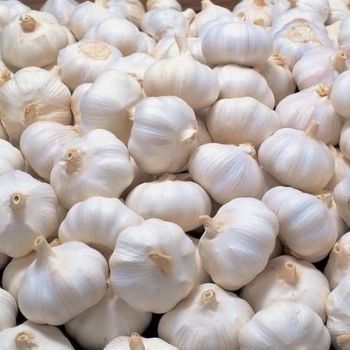
Ginger belongs to the Amaryllidaceae family.
It is the second most important bulb crop after onion
Soil- Well drained loamy soils, rich in humus, with fairly good content of potash.
Temperature- 13 to 24°C
pH- 6.0 and 7.0.
Rainfall- 1000 to 1300 mm
Garlic being a very shallow-rooted bulbcrop needs frequent irrigation.
It is very sensitive to moisture stress particularly during bulb initiation and bulb development.
Garlic crop should be irrigated immediately after planting and subsequently at 7-10 days interval depending upon the soil moisture.
In general, kharif crop needs 5-8 irrigations and rabi crop 12-13 irrigations.
Irrigation needs to be stopped when the crop attains maturity (10-15 days before harvest).
Excess irrigation is always harmful and dry spell followed by irrigation will result in the splitting of the outer scales in garlic.
Plough the land to a fine tilth and form ridges and furrows at 30 cm spacing or beds of convenient sizes.
Cloves are planted at 15 x 10 cm spacing.
It requires short days, cool (12–18 °C) moist period during vegetative growth.
A well drained friable soil rich in organic matter with a pH range of 6 – 7 is ideal.
Extreme acidic soils as well as heavy soils are not suited for this crop.
Season
In hilly areas it is grown in two seasons.
1st season: June – July
2nd season: October – November

